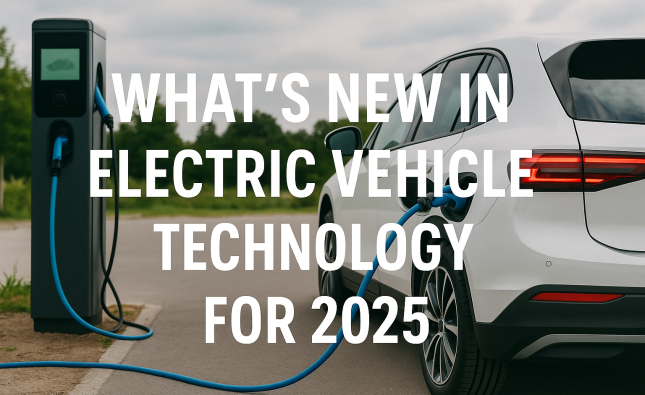
The rapid growth of electric vehicles (EVs) has sparked a global conversation about sustainable transportation and reducing carbon emissions. While EVs offer significant environmental benefits, their overall impact varies across regions due to locational factors. This report delves into the locational factors that shape the environmental impact of electric vehicles and explores the clean car dilemma faced by different areas.
-
The Rise of Electric Vehicles and Their Environmental Promise:
As concerns over climate change intensify, the automotive industry has embraced electric vehicles as a means to combat carbon emissions. The environmental benefits of electric cars are well-documented and include:
a) Zero Tailpipe Emissions: Unlike conventional internal combustion engine vehicles, electric cars produce zero tailpipe emissions. This helps mitigate air pollution and reduce greenhouse gas emissions, contributing to improved air quality and climate change mitigation.
b) Renewable Energy Integration: Electric vehicles provide an opportunity to integrate renewable energy sources into the transportation sector. By charging EVs with clean energy, such as solar or wind power, the environmental impact can be further reduced, creating a synergy between sustainable transportation and renewable energy generation.
-
Locational Factors Shaping Environmental Impact:
a) Electricity Generation Mix: The environmental impact of electric vehicles is heavily influenced by the electricity generation mix in a given region. Areas with a higher proportion of renewable energy sources, such as hydroelectric, wind, or solar power, offer cleaner electricity for charging EVs. In contrast, regions heavily reliant on fossil fuel-based electricity generation may have a higher carbon footprint associated with charging electric cars.
b) Charging Infrastructure Development: The availability and accessibility of charging infrastructure play a crucial role in the widespread adoption of electric vehicles. Well-developed charging networks, including fast-charging stations and a variety of charging options, promote the convenience and practicality of electric cars. The presence of a robust charging infrastructure encourages more individuals to transition to electric mobility and reduces reliance on traditional gasoline-powered vehicles.
c) Urban Density and Transportation Patterns: The locational factors of urban density and transportation patterns also impact the environmental footprint of electric vehicles. Compact and highly populated urban areas with shorter commuting distances and well-connected public transportation systems are more conducive to electric car adoption. The lower mileage requirements and reduced dependency on personal vehicles contribute to a smaller environmental impact.
-
Case Studies: Examining Locational Influences on Environmental Impact:
To gain insights into the locational factors shaping the environmental impact of electric vehicles, let’s explore a few case studies:
a) Nordic Countries: Nordic countries, such as Norway and Sweden, have emerged as leaders in electric vehicle adoption. Their commitment to renewable energy, coupled with strong government incentives and infrastructure development, has created a favorable environment for electric car owners. The combination of clean electricity and robust charging infrastructure contributes to a lower environmental impact of EVs in these regions.
b) United States: The environmental impact of electric vehicles in the United States varies across states due to regional differences in electricity generation and charging infrastructure. States with a higher share of renewable energy sources, such as California and New York, have a cleaner charging grid and, consequently, a lower carbon footprint associated with EVs.
c) Developing Countries: In developing countries, where electricity generation relies heavily on coal or other fossil fuels, the environmental benefits of electric vehicles may be diminished. However, it is important to note that even in these regions, the long-term environmental impact can be mitigated by transitioning to cleaner energy sources for electricity generation.










